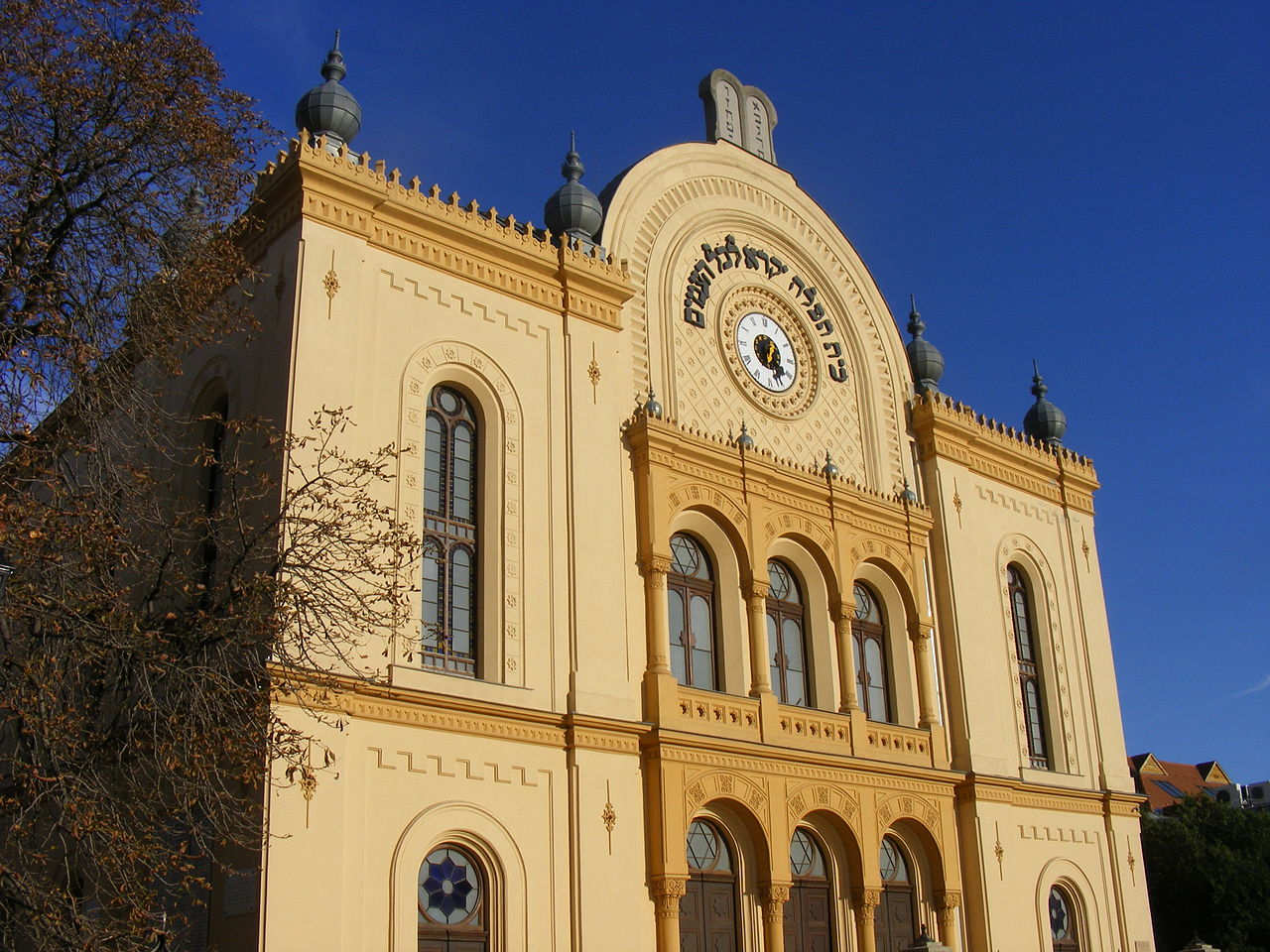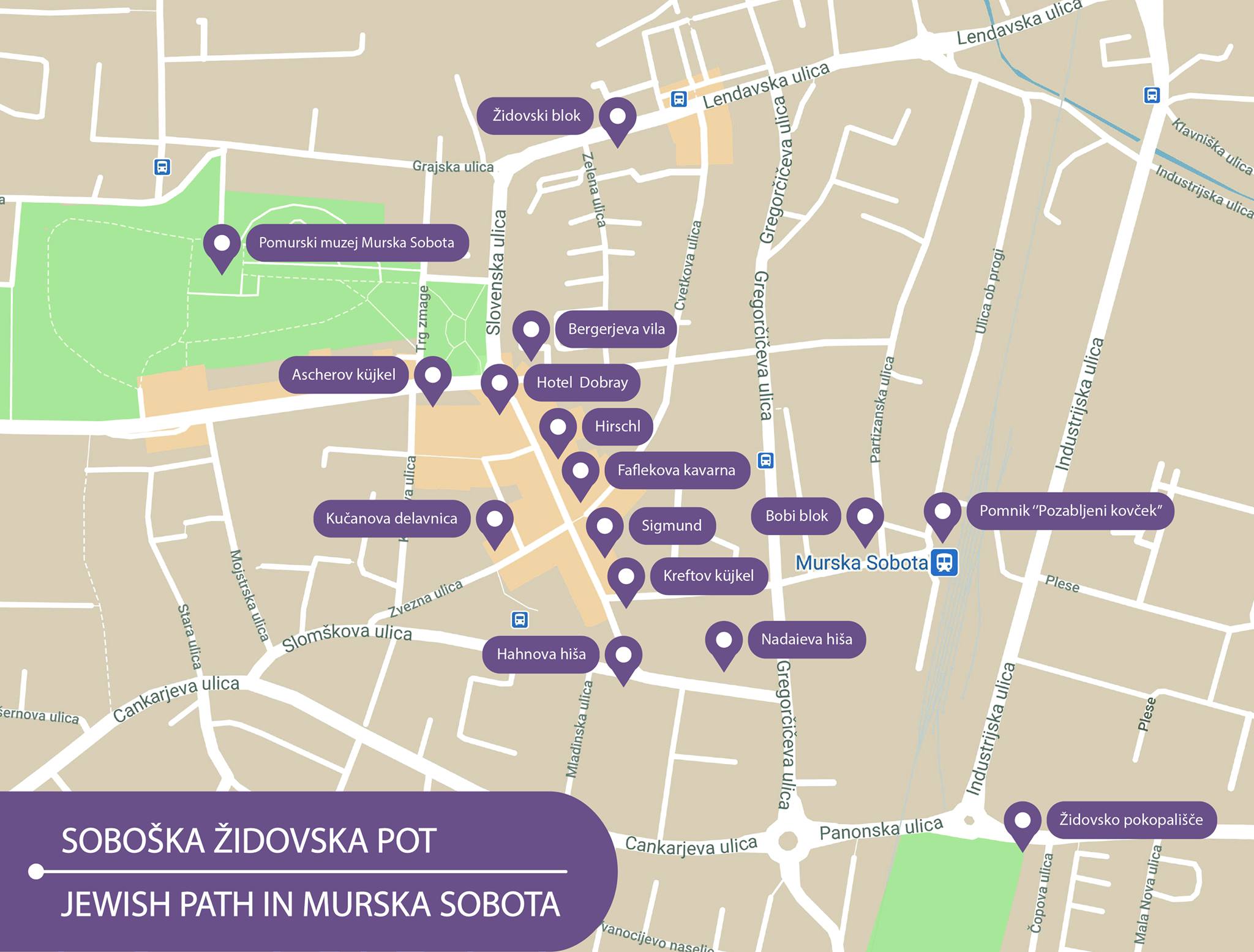REDISCOVER - Rediscovering Jewish heritage for tourism
10-08-2021
Gastronomy, music, literature, as well as folk traditions and religious rituals, also known as intangible cultural heritage, play an important role in the travellers' choice of holiday destination. In order to improve their attractiveness to tourists, nine mid-sized cities in the Danube region decided to enhance their offer by rediscovering local Jewish heritage, sharing the know-how with others through the Rediscover project.
June 25, 2021
 Neolog synagogue of Pécs, Hungary. Image: Rediscover
Neolog synagogue of Pécs, Hungary. Image: Rediscover
Small and mid-sized cities are often overlooked by the visitors of the well-known tourist centers with major attractions. For the places off the beaten track, the biggest challenge is to offer competitive tourism products with potential to grow and join international travel networks. But the growing demand for experiencing local traditions and the thrust for authenticity, creates new opportunities for them. In a bid to tap into the economic potential of cultural tourism, local governments, NGOs and Jewish communities cooperate, capitalizing on the legacy of Jewish communities that flourished in Central and Eastern Europe before WWII.
Cultural heritage as an opportunity for tourism development
The cooperation began in 2018 with a series of workshops organized with local stakeholders with the goal to create repositories of the Jewish cultural heritage in the nine cities partnering in the projct. After identifying synergies with each partner city’s portfolio, another round of workshops was organized to develop new joint tourism products, combining well-known elements of the Jewish culture, such as synagogues with unknown heritage such as cuisine or personal histories of prominent Jewish personalities. Next, efforts were made to test the products in the pilot actions arranged along five, so-called “Rediscover thematic routes” highlighting the gems of Jewish a) gastronomy, b) built heritage, c) guided tours, d) virtual museum and exhibition and e) events and festivals.
Altogether 36 pilots with new cultural products and services were developed based on the rediscovered cultural heritage, including, for example, a mobile application introducing majestic New Synagogue and other Jewish treasures of Szeged in Hungary, a city map designed to show distinctive Jewish places in Regensburg in Germany, a guided route around the Jewish legacy of Murska Sobota in Slovenia or a joint cookbook offering a glimpse into the Jewish culinary heritage.
"The app may bring a colourful aspect to guided tours; it does not compete with real-life guidance."
Edit Csizmadia, Szeged
 Jewish path of Murska Sobota, Slovenia. Image: Rediscover
Jewish path of Murska Sobota, Slovenia. Image: Rediscover
New hanbdbook to replicate solutions
Majority of the solutions developed by the project partners could be replicated in other towns and cities throughout the region. To help with the transfer, a handbook was published, providing guidance and advice for other city administrations, local decision-makers, communities, tourism service providers and anyone interested in the discovery of their own Jewish cultural heritage. Summarizing the Rediscover experience, the handbook is one of the key outputs of the project, showing how to develop new cultural products and services through community involvement, and how the tourism offer and international networking, based on the rediscovered cultural heritage, can be sustained and improved.
„Rediscover has huge potential in it, it’s a very interesting project. It has so valuable expertise in it and covering a big geographical area, the work can be a role model for others and create something that can be helpful for those who don’t know how to deal with heritage in their region.”
Ruth Ellen Gruber, the founder of the Jewish Heritage Europe, lecturer at the final conference of Rediscover project
 An open-air exhibition in Szeged, Hungary, showcasing prominent local Jewish personalities. Image: Redisover
An open-air exhibition in Szeged, Hungary, showcasing prominent local Jewish personalities. Image: Redisover
